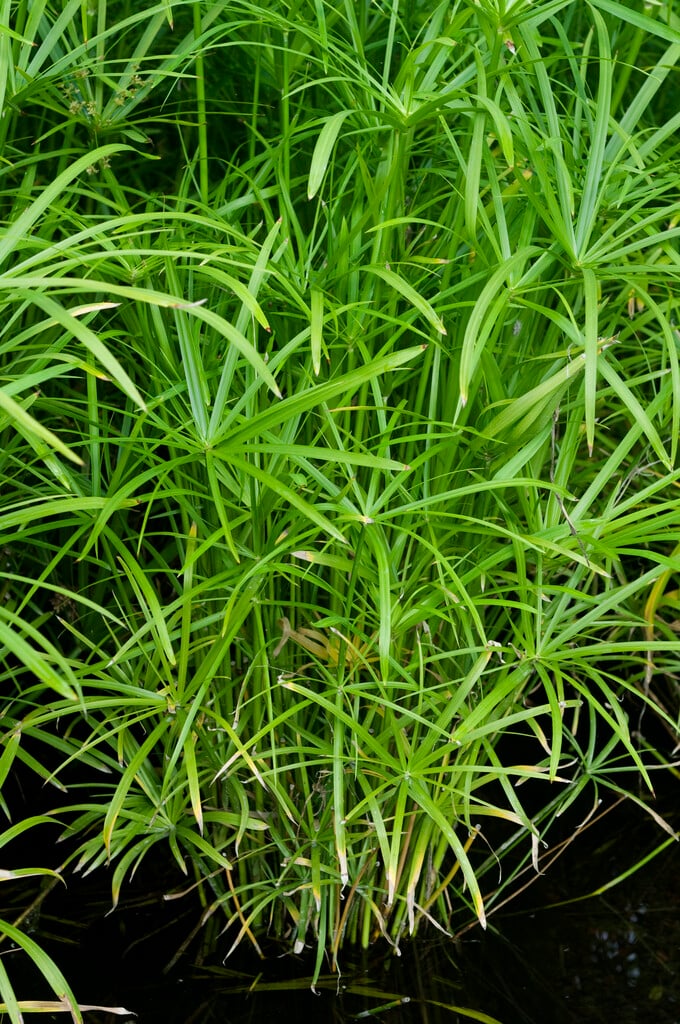Cyperus eragrostis
pale galingale
A tufted, rhizomatous perennial sedge to 90cm, with stout, winged stems. Long, grass-like leaves radiate out from the tops of the stems. In summer it produces spherical clusters of tiny green flowers. More tolerant of drier conditions than other Cyperus species
Size
Ultimate height
0.5–1 metresTime to ultimate height
2–5 yearsUltimate spread
0.1–0.5 metresGrowing conditions
Moisture
Moist but well–drained, Poorly–drainedpH
Acid, Alkaline, NeutralColour & scent
| Stem | Flower | Foliage | Fruit | |
| Spring | Green | |||
|---|---|---|---|---|
| Summer | Green | Green | ||
| Autumn | Green | |||
| Winter |
Position
- Full sun
- Partial shade
Aspect
East–facing or South–facing or West–facing
Exposure
Sheltered Hardiness
H4Botanical details
- Family
- Cyperaceae
- Native to GB / Ireland
- No
- Foliage
- Semi evergreen
- Habit
- Clump forming, Columnar upright
- Genus
Cyperus can be annuals or evergreen, rhizomatous perennials, with linear, grass-like leaves and terminal clusters of small greenish flower-spikes with spreading leaf-like bracts beneath
- Name status
Correct
- Plant range
- Easter Is., Amer.
How to grow
Cultivation
Grow outdoors in any moderately fertile, moist but well drained to boggy soil in full sun to partial shade
Propagation
Propagate by division
Suggested planting locations and garden types
- Houseplants
- Patio and container plants
- Conservatory and greenhouse
Pruning
Trim off dead or dying stems
Pests
Generally pest-free
Diseases
Generally disease-free
Love gardening
Sign up to receive regular gardening tips, inspiration, offers and more
View our Privacy Policy
Get involved
The Royal Horticultural Society is the UK’s leading gardening charity. We aim to enrich everyone’s life through plants, and make the UK a greener and more beautiful place.

